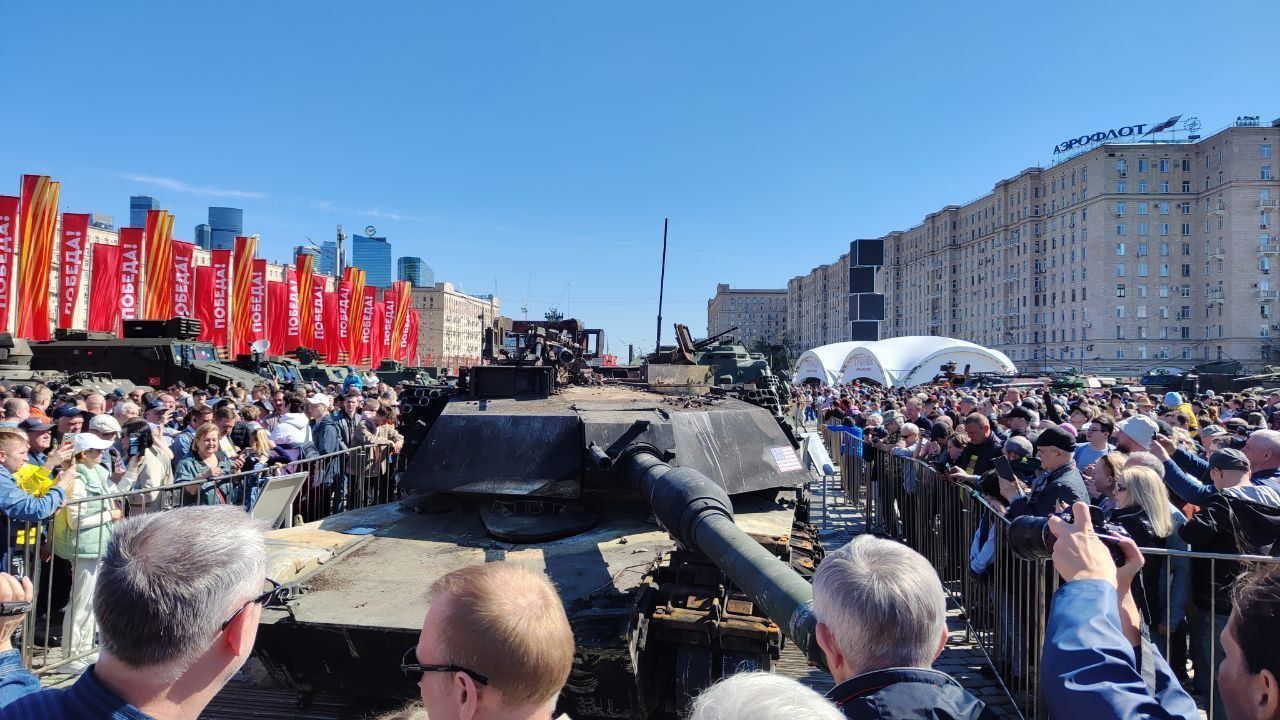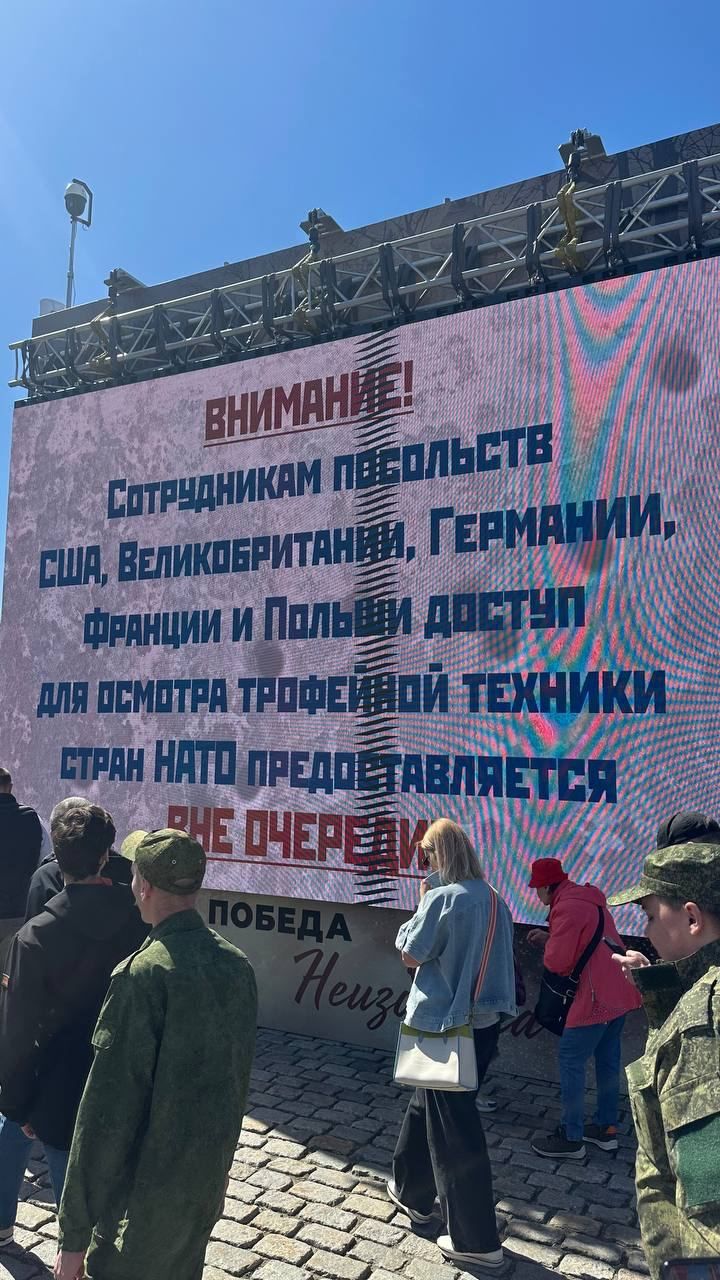(updated at 9.30pm)
An Italian Puma 6×6 armored vehicle appears to have been destroyed in Ukraine, hit by Russian fire in recent days in the Belogorovka sector. This is the first vehicle of this type reported on the Ukrainian battlefields.
THE https://twitter.com/front_ukrainian/status/1784987619799044341 and the Russians who released the images of the destroyed armored vehicle underline that the delivery of the Pumas by Italy had not been announced but Rome has always kept secret the quantity and type of military equipment delivered to Kiev even if in many cases information in this regard have been leaked from Ukraine or NATO nations.
Produced by the “Iveco-Oto Melara consortium since 1999 in 580 examples (250 6×6 and 330 4×4), the Pumas were delivered to the Italian Army between 2001 and 2004 and were used in Iraq (in the photo above) and in Afghanistan before being withdrawn early from service in operational theaters due to their vulnerability to mines and improvised explosive devices (IEDs).
According to the Military Balance 2024, 199 Puma 6×6 are still in service in the Italian Army but this type of vehicle is absent from the list of vehicles supplied to the Ukrainian Army. An element that seems to strengthen the thesis that the Pumas were delivered recently and without either Ukrainian or allied sources reporting it.
Until now, the Army vehicles known to have been delivered to Kiev were the M-113 tracked troop transporters, the M-109 self-propelled artillery vehicles and the older version of the protected 4×4 Lince as well as some trucks used for towing of 155mm FH-70 howitzers. In recent days, British Defense Minister Grant Shapps announced that Italy, like France and Great Britain, has also supplied part of its Storm Shadow cruise missiles to the Ukrainian air force.
It cannot be ruled out that the wreck of the Puma will be exhibited in Moscow at the Victory Park on Poklonnaya Gora where an exhibition of Western-built military vehicles or vehicles supplied to Kiev by NATO member nations and captured from the Ukrainian forces has been set up.

Over thirty vehicles and weapon systems including Leopard 2A6 and M1A1 Abrams tanks, Marder and Bradley tracked combat vehicles and M113 tracked CV90s, M777 howitzers, AMX-10 tank destroyers, MRAP MaxxPro, Husky, Saxon, Mastiff, Mamba armored vehicles and Pinzgauer light trucks.
In the attribution of the origin of the means of war prey there is no shortage of gaffes. The Pinzgauer is attributed to Austria (which did not provide military aid to Kiev) but it is an example made under license in Switzerland and belonged to the Swiss Army (as an article in the Corriere del Ticino explains): since Bern has never agreed to hand over its equipment to Ukraine, it is probable that some Pinzgauer decommissioned by the armed forces of the Confederation were purchased by private individuals and then supplied to the Ukrainian forces.

Even the protected Mamba 4×4 vehicles attributed to South Africa (which never provided military aid to Kiev nor placed sanctions on Moscow) were actually built in Great Britain by Alvis for the needs of the British Army which, after having decommissioned them, sold them surrendered to Ukraine as a DefenseWeb article explains.
The exhibition is divided into different thematic areas and for each of the over 30 vehicles and armaments on display it illustrates the origin, technical characteristics, place and circumstances of the capture.
These are vehicles produced by the United States, United Kingdom, Germany, France, Sweden, Finland, Austria, Turkey, Australia, South Africa and Ukraine but the exhibition also sees the presence of light weapons, vehicles and equipment for the Engineers, drones and communication systems of different origins and belonging to the Ukrainian forces.
The exhibition has a high symbolic and propaganda value since it was opened close to the celebrations for the victory in the Second World War on 9 May and is held in Victory Park, which celebrates the Soviet success in the Great Patriotic War (the Second World War).
In this same place, on Poklonnaya Hill, the exhibition of Axis vehicles that fell into Soviet hands was set up in 1943. Furthermore, the current exhibition responds on a larger scale to a similar exhibition organized last year in central Kiev featuring Russian armored vehicles that fell into the hands of Kiev forces.
Moscow has always supported the combination between the Great Patriotic War of 1941-45 and the Special Military Operation: the Russian Telegram channels ironically highlight how a large sign at the entrance to the exhibition ensures priority entry (without queues) to the staff of the embassies present in Moscow of the United States, Great Britain, Germany, Poland and France.
@GianandreaGaian
Photo Telegram and G. Gaiani
Read also:
Shapps: Italy also supplied Storm Shadow missiles to Ukraine








